Henrietta lacks cells 115585-Henrietta lacks cells contribution
Within the mid1900s, Henrietta Lacks went to Johns Hopkins Hospital to get remedy for cervical most cancers Hospital officers mentioned when her cells have been despatched to a lab close by for a biopsy, the physician realized that as a substitute of dying, her cells doubled on daily basis The cells have been nicknamed "HeLa" cells"The story portrayed in The Immortal Life of Henrietta Lacks points to several important bioethical issues, including informed consent, medical records privacy, and communication with tissue donors and research participants Johns Hopkins, and researchers and bioethicists worldwide, have learned a great deal from examination of these issues We are deeply committed to ensuring the Henrietta Lacks' cells were essential in developing the polio vaccine and were used in scientific landmarks such as cloning, gene mapping and

Hela Cells Art Is Life Is Art Susan Reep Photo Art Cancer Poster Photo Art Visual
Henrietta lacks cells contribution
Henrietta lacks cells contribution-17 hours ago Special to the AFRO It has been close to 70 years since doctors at Johns Hopkins Hospital took samples of Henrietta Lacks' cancerous cells without her or her family's knowledge Henrietta Lacks was born in 19 in Virginia and died of cervical cancer in 1951 Cells taken from her body without her knowledge were used to
/https://public-media.si-cdn.com/filer/Henrietta-David-Lacks-1945-631.jpg)



Henrietta Lacks Immortal Cells Science Smithsonian Magazine
In the mid1900s, Henrietta Lacks went to Johns Hopkins Hospital to get treatment for cervical cancer Hospital officials said when her cells were sent to a lab nearby for a biopsy, the doctor realized that instead of dying, her cells doubled every day The cells were nicknamed "HeLa" cells" In 1951, Henrietta Lacks died after a long battle with cervical cancer Doctors cultured her cells without permission from her family The story of those cells and of the medical advances that Watch CBSN Live More than 70 years after Henrietta Lacks' death, a lawsuit has been filed on her behalf about the cells that were taken without her consent Civil rights attorney Ben Crump and the Lacks family join CBSN with more Be the first to know
23 hours ago "The Lacks has not received anything from that theft of her cells," her granddaughter, Kimberley Lacks, said The cells are still being used for medical research like developing vaccines Writer Rebecca Skloot spent years researching Lacks and tells her story in The Immortal Life Of Henrietta Lacks Skloot tells NPR's Neal Conan that in 1951, when Lacks' cells were first harvested, Within the mid1900s, Henrietta Lacks went to Johns Hopkins Hospital to get remedy for cervical most cancers Hospital officers mentioned when her cells had been despatched to a lab close by for a biopsy, the physician realized that as an alternative of dying, her cells doubled each day The cells had been nicknamed "HeLa" cells"
In Henrietta Lacks's centennial year, researchers must do more to ensure that human cells cannot be taken without consent Nobody asked Henrietta Lacks for consent to use her cells in research in Henrietta Lacks's cells were priceless, but her family can't afford a hospital Tissues taken from cancer victim Henrietta Lacks in 1951 have Henrietta Lacks was diagnosed with cervical cancer in 1951 at the age of just 31 At the time, many hospitals in the US practised segregating black patients from




Who Was Henrietta Lacks Nsta
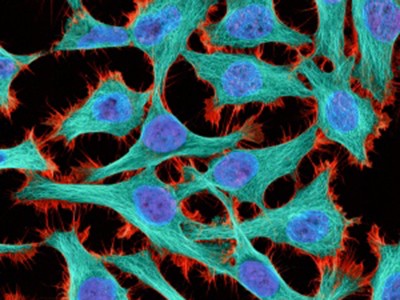



Henrietta Lacks Science Must Right A Historical Wrong
The Complicated Debate Over Compensation & Human Tissue Ownership One striking irony in the Lacks story is the fact that the descendants of Henrietta Lacks have lived in poverty for most of their lives, despite that their mother's contribution to science virtually launched a multibilliondollar industry and led to 17,000 US patents One of Henrietta's daughters, Deborah, has even Skloot's The Immortal Life of Henrietta Lacks tells the story of a 31yearold African American woman who was treated for an aggressive form of cervical cancer in 1951 which she died of a year later While performing her first radiation treatment, the doctors also took a sample of her cancerous cells which became the first human "immortal cells" known as "HeLa" which were aHenrietta Lacks was a woman who unknowingly donated her cells here at Hopkins in 1951, beginning what was the first, and, for many years, the only human cell line able to reproduce indefinitely Her cells, known as HeLa cells for He nrietta La cks, remain a remarkably durable and prolific line of cells used in research around the world
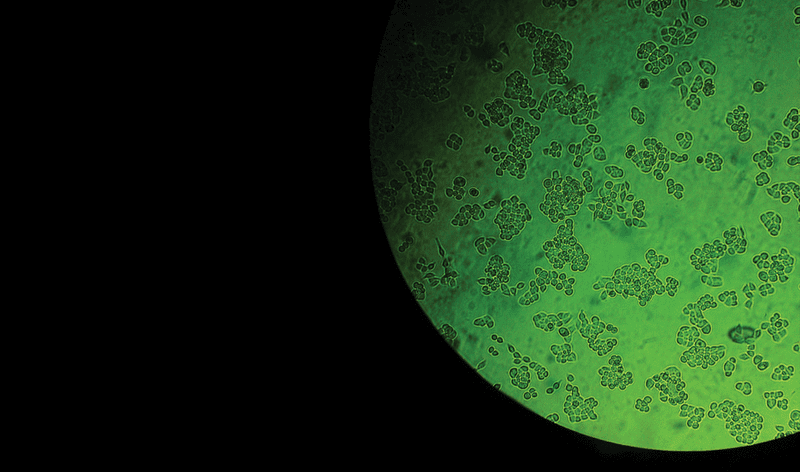



Radiolab Extra Henrietta Lacks Radiolab Wnyc Studios
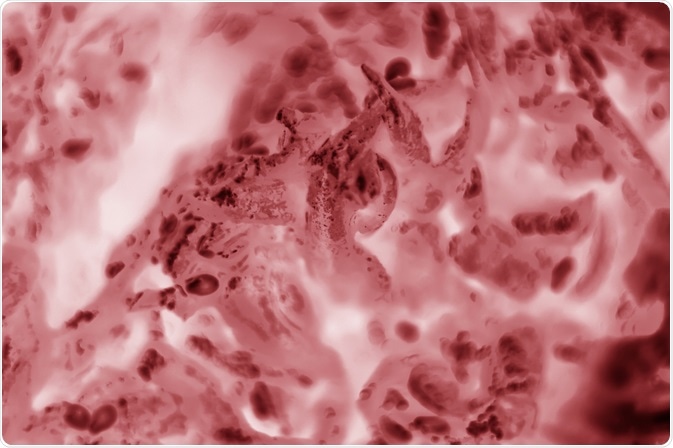



What Are Hela Cells
Henrietta Lacks died in 1951 of an aggressive adenocarcinoma of the cervix A tissue biopsy obtained for diagnostic evaluation yielded additional tissue for Dr George O Gey's tissue culture laboratory at Johns Hopkins (Baltimore, Maryland) The cancer cells, now called HeLa cells, grew rapidly in cell culture and became the first human cell lineView full lesson http//edtedcom/lessons/theimmortalcellsofhenriettalacksrobinbulleriImagine something small enough to float on a particle of dust1 day ago In the mid1900s, Henrietta Lacks went to Johns Hopkins Hospital to get treatment for cervical cancer Hospital officials said when her cells were sent to a lab nearby for a biopsy, the doctor realized that instead of dying, her cells doubled every




Hela Cells Origin Of This Important Cell Line In Life Science Research Tebu Bio S Blog




The Lily
1 day ago Henrietta Lacks died of an aggressive cervical cancer and her cells have been used in research without compensation to the family1 day ago In 1951, Henrietta Lacks, 31, died of cervical cancer at Johns Hopkins Hospital in Baltimore During attempts to treat her, cells from her tumor had been taken and transmitted to a researcher without her knowing anything He quickly understood that his cells, renamed HeLa cells, had extraordinary qualities they could be cultivated in vitro A major biomedicalresearch organization has for the first time aimed to make financial reparation for the continuing experimental use of cells from Henrietta Lacks, a Black woman who was the




Henrietta Lacks And Immortal Cell Lines Hackaday




The Real Science Of Henrietta Lacks S Immortal Cells
One such diagnosis of cervical cancer in an unfortunate woman, Henrietta Lacks, turned out to be one of the most important developments in medical history HeLa (Henrietta Lacks) cells are most commonly used in biological research Henrietta Lacks' gravestone is inscribed with "Her immortal cells will continue to help mankind forever" Born in 19, Henrietta was a religious Black woman who liked to paint her nails and took pride in herself In 1951, aged 31, Henrietta experienced unusual bleedingFrequently Asked Questions Henrietta Lacks was a 31yearold African American mother of five who sought treatment at Johns Hopkins Hospital in the early 1950s Doctors diagnosed Lacks with cervical cancer, and as medical records show, she received the best medical treatment available to any woman for this terrible disease
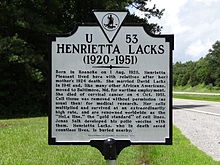



Henrietta Lacks Wikipedia




Tracing The Immortal Cells Of Henrietta Lacks Npr
23 hours ago BALTIMORE (WJZ) The descendants of Henrietta Lacks are filing what could be an unprecedented lawsuit Her cells were taken without15 hours ago Henrietta Lacks' family sues over cells taken without consent More than 70 years after Henrietta Lacks' death, a lawsuit has been filedAuthor Rebecca Skloot shared Henrietta's story in a 10 nonfiction book, The Immortal Life of Henrietta Lacks, that was adapted into a movie released on The Immortal Cell Line The book and film are about how an immortal cell line was generated from cervical cancer cells taken from Henrietta in 1951




How Poor Tobacco Farmer Henrietta Lacks Became A Medical Superstar After Her Death The Star




Henrietta Lacks And Her Remarkable Cells Will Finally See Some Payback Wsj
Henrietta Lacks was a 30yearold, AfricanAmerican tobacco farmer On , she went to John Hopkins Hospital complaining of vaginal bleeding HeLa cells are tumor cells taken from a malignant tumor of Henrietta Lacks These were the first human cells toSometime around the birth of her fifth child at age 31, Henrietta Lacks was diagnosed with cervical cancer, which would take her life that same year George Otto Gey was the first researcher to study Lacks' cancerous cells and noted how unusual the cells were in reproducing at a very high rate and maintaining longevityHenrietta Lacks, American woman whose cervical cancer cells were the source of the HeLa cell line, research on which contributed to numerous important scientific advances, such as drugs used to treat polio, Parkinson disease, and leukemia Learn more about Lacks in this article




Henrietta Lacks Immortal Cells Science Smithsonian Magazine




Henrietta Lacks Immortal Cells Mental Floss
Henrietta Lacks Now, Oprah Winfrey is executiveproducing and starring in an HBO movie adaptation of The Immortal Life of Henrietta Lacks — the New York Times best seller by Rebecca Skloot that16 hours ago Henrietta Lacks' family hires prominent civil rights lawyer The family of a Maryland woman who spurred a research bonanza when her cancer cells were taken without her knowledge in 1951 has hired13 hours ago Cells taken from Lacks have been widely used in biomedical research She became famous in 10 with publication of Rebecca Skloot's bestselling book, "The Immortal Life of Henrietta Lacks




Henrietta Lacks Film Addresses Ethical Issues Penn Bioengineering Blog




Immortal Cells Of Henrietta Lacks Live On In Labs Npr
Henrietta Lacks was born , into a family of impoverished tobacco farmers in Roanoke, Virginia She died at the age of 31 from the effects of cervical cancer on , after treatment in Johns Hopkins Hospital in Baltimore, Maryland But Henrietta Lacks's cells did not dieOn , Henrietta Pleasant married David "Day" Lacks A biopsy of Henrietta Lack's tumor was taken and sent to the lab of Dr George Gey resulting in the creation of the HeLa cell line Sadly, Henrietta would never know the impact she would have on our world as she died shortly after, on She was 31 years old 1951Henrietta Lacks is the woman behind the cells that revolutionized the medical field – helping develop the polio vaccine, cloning and numerous cancer treatments Last week, the Rabin Martin Book Club discussed the impact of HeLa cells and the ethical issues related to informed consent in medical practice




The Immortal Cells Of Henrietta Lacks And Infections Below The Belt




Vessels For Collective Progress The Use Of Hela Cells In Covid 19 Research Science In The News
Henrietta Lacks' immortal cells would change the face of medicine forever However recognition of her involuntary donation to science would remain secret until the 1970s Dr Roland Pattillo Champion of HeLa & Henrietta Lacks Dr Roland Athony Pattillo was the only African American at Johns Hopkins University to study under Dr George GeyIn the mid1900s, Henrietta Lacks went to Johns Hopkins Hospital to get treatment for cervical cancer Hospital officials said when her cells were sent to a lab nearby for a biopsy, the doctor realized that instead of dying, her cells doubled every day The cells were nicknamed "HeLa" cells" Henrietta Lacks What to Know About Her 'Immortal' Cells, and Why Her Story's an Example of Racism in Medicine Lacks died from cervical cancer in 1951—but her cells are still being used in medical




Henrietta Lacks Immortal Cells Biomol Blog Resources Biomol Gmbh Life Science Shop




Nih Finally Makes Good With Henrietta Lacks Family
MedSci / Alamy Today is the 100 th anniversary of the birth of Henrietta Lacks, commonly referred to as "the mother of modern medicine" Her cells have been used in experiments in laboratories Henrietta Lacks' family, with extraordinary cells, demands justice The family of Henrietta Lacks, an AfricanAmerican whose cells taken without her knowledge have revolutionized modern medicine, on Thursday announced their intention to file a complaint against the pharmaceutical groups that took advantage of it "They've been using theirIn 1951, a young mother of five named Henrietta Lacks visited The Johns Hopkins Hospital complaining of vaginal bleeding Upon examination, renowned gynecologist Dr Howard Jones discovered a large, malignant tumor on her cervix At the time, The Johns Hopkins Hospital was one of only a few hospitals to treat poor AfricanAmericans
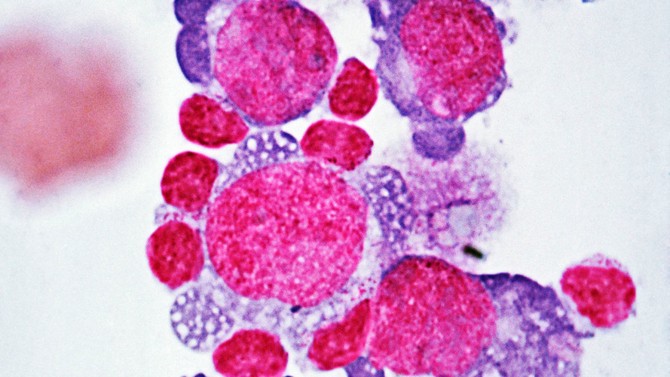



Uses Of Hela Cells Immortal Life Of Henrietta Lacks




Immortal Cells And Informed Consent The Legacy Of Henrietta Lacks
Henrietta Lacks, born Loretta Pleasant, had terminal cervical cancer in 1951, and was diagnosed at The Johns Hopkins University in Baltimore, Maryland, where researchers collected and stored her cancer cells Those cells went on to become the first immortal human cell line, which the researchers named HeLa An immortal cell line is an atypical cluster of cells that continuously



Q Tbn And9gcqbgmtf2faydhqrgmmz9slorzipvqlkr1bp6ti0q0nkpwhlyqm9 Usqp Cau




Henrietta Lacks Biography Facts Britannica




Henrietta Lacks The Mother Of Modern Medicine Technology Networks




The Immortal Cells Of Henrietta Lacks Robin Bulleri Youtube




Henrietta Lacks Immortal Cells Science Smithsonian Magazine




Henrietta Lacks Wikipedia




Hela Cells Art Is Life Is Art Susan Reep Photo Art Cancer Poster Photo Art Visual




Untreated Henrietta Lacks Hela Cancer Cells A Proliferation Download Scientific Diagram




Henrietta Lacks Is The Unaccredited Woman Whose Cancer Cells Gave Science The First Immortal Cell Line Hela Education Today News
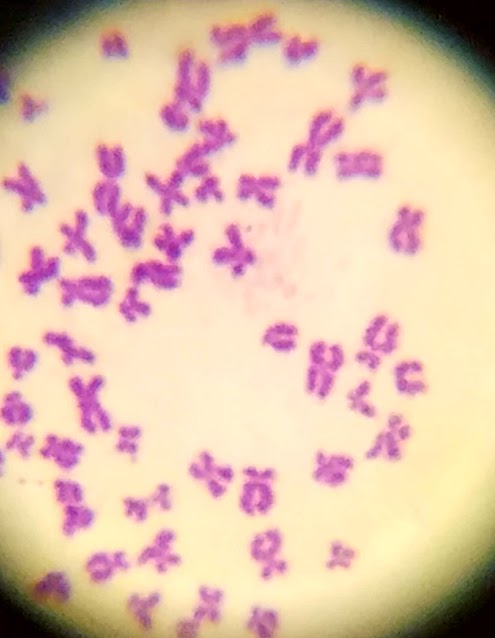



Students Use Cells From Henrietta Lacks In Language Arts Science Project Pa Public Schools Success Starts Here




Women In Science Remembering Henrietta Lacks My Gene Counsel




Biospecimen Consent Lessons From Henrietta Lacks




The Importance Of Hela Cells Johns Hopkins Medicine
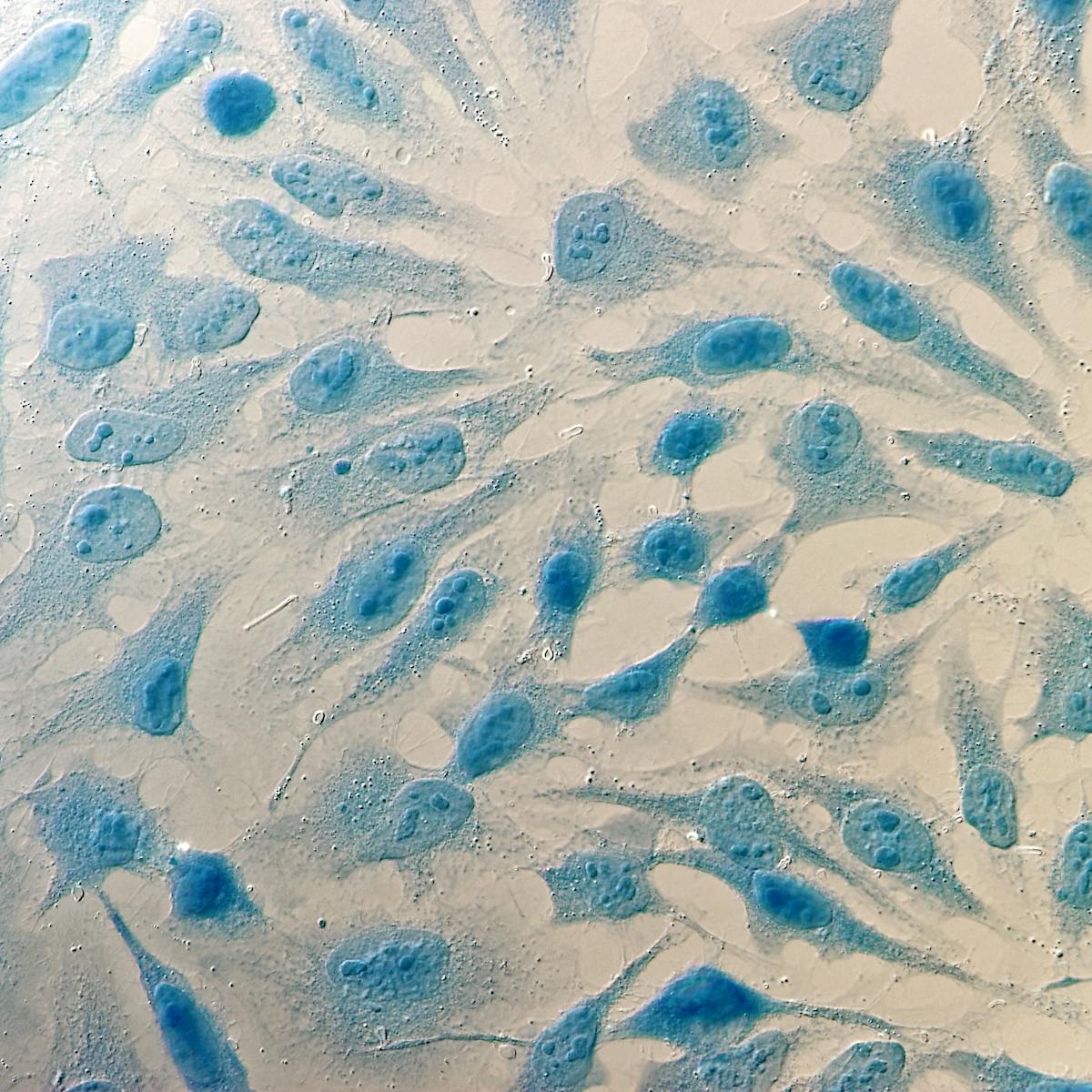



Decades On From Henrietta Lacks We Re Still Struggling To Find An Adequate Consent Model




The Immortal Cells Of Henrietta Lacks Video Technology Networks




Hela Cells The Story Of Henrietta Lacks Newbie Science




Henrietta Lacks What To Know About Her Immortal Cells Racism In Medicine Health Com




Henrietta Lacks Immortal Cells Science Smithsonian Magazine




Who Owns Henrietta Lacks Cells Marketplace




Hela Cells 1951 British Society For Immunology




Hela Wikipedia




Henrietta Lacks The Resilient Sisterhood Project




Henrietta Lacks Immortal Cells Science Smithsonian Magazine




Coronavirus Questions Answered Are Researchers Using Hela And Stem Cells Health Ideastream Public Media




The Life And Cells Of Henrietta Lacks Baltimore County Md Chapter Jack And J Amazon Com Books
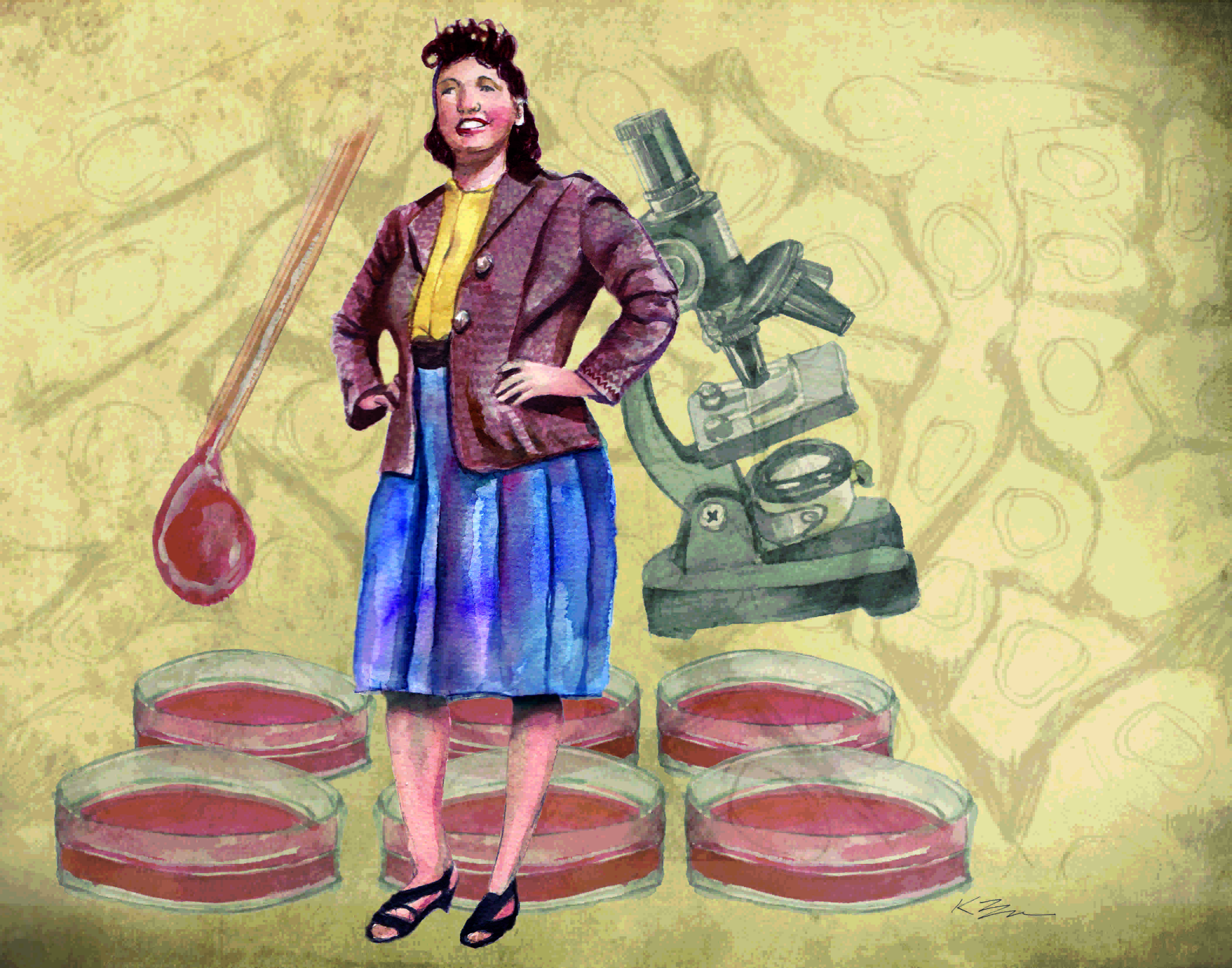



Beyond Just A Cells Unit Rethinking Schools



How Could Henrietta Lacks Cells Live Forever Quora




Elizabeth Moss Illustrator Henrietta Lacks Hela Inspired By Henrietta Lacks Illustration Black Girl Art




Who Was Henrietta Lacks And What Are Hela Cells




Vessels For Collective Progress The Use Of Hela Cells In Covid 19 Research Science In The News
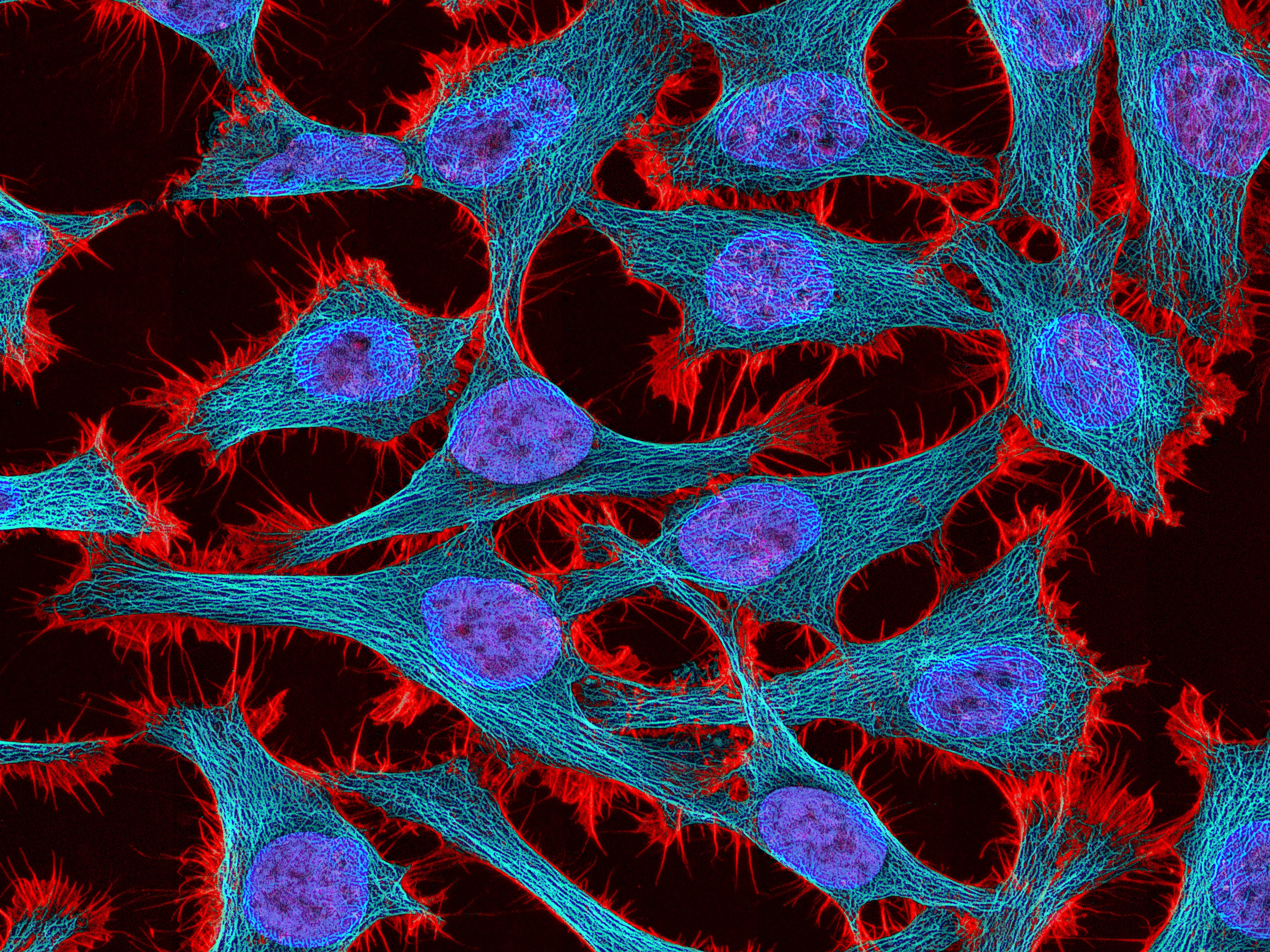



5 Ways Henrietta Lacks Changed Medical Science Scientific American
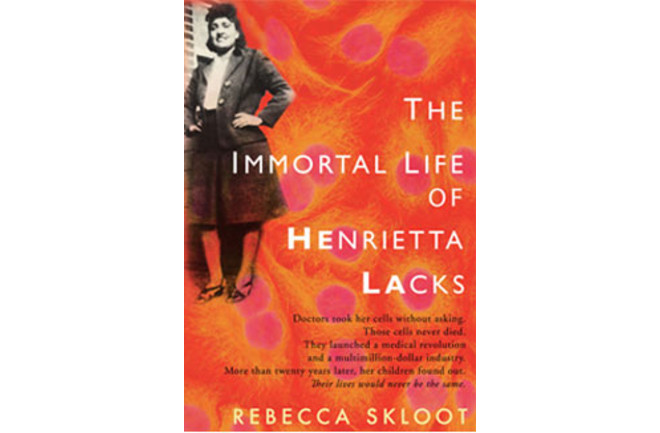



How Henrietta Lacks S Cells Became Immortal And Changed Medical Science Discover Magazine




Suicidal Cells And The Immortal Cells Of Henrietta Lacks The Japan Times




Henrietta Lacks Biography Facts Britannica
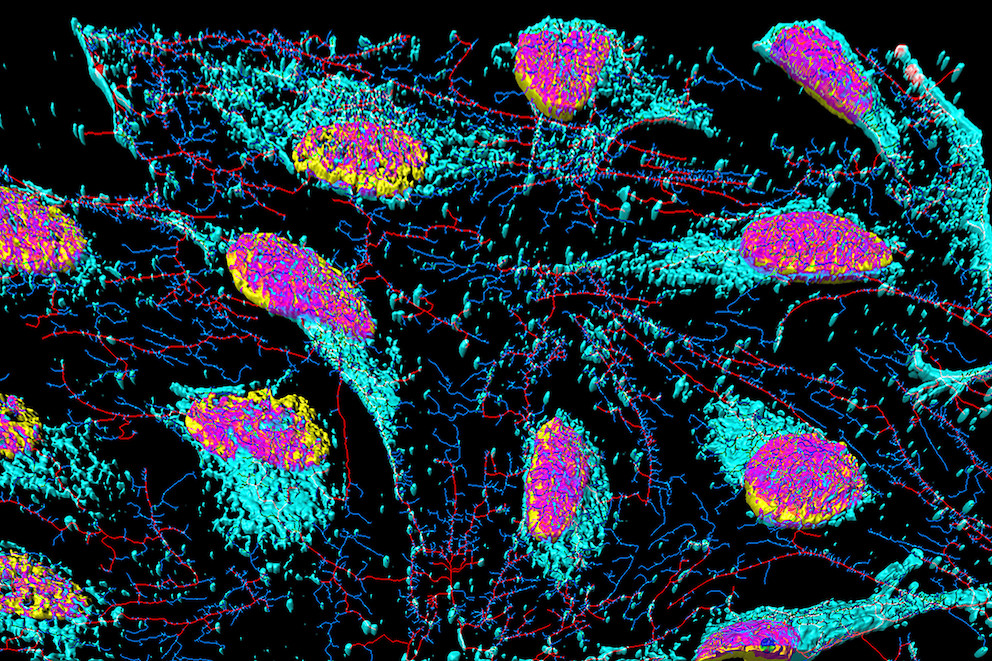



The Do Book Club August The Immortal Life Of Henrietta Lacks The Do
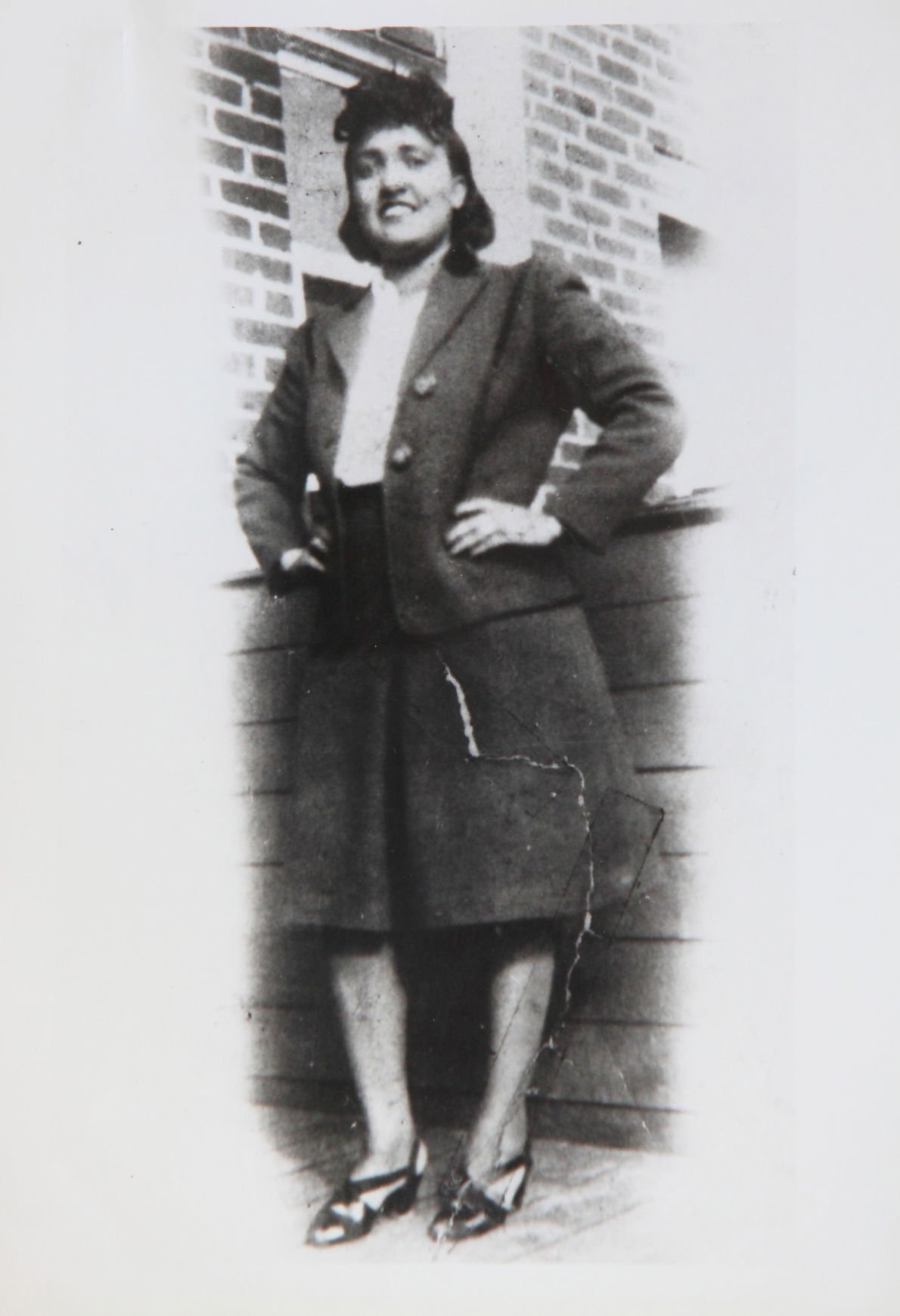



The Story Of Hela Roanoke Native And Scientific Marvel Henrietta Lacks Archive Roanoke Com




Innovation Data And The Cautionary Tale Of Henrietta Lacks g




Hela Wikipedia
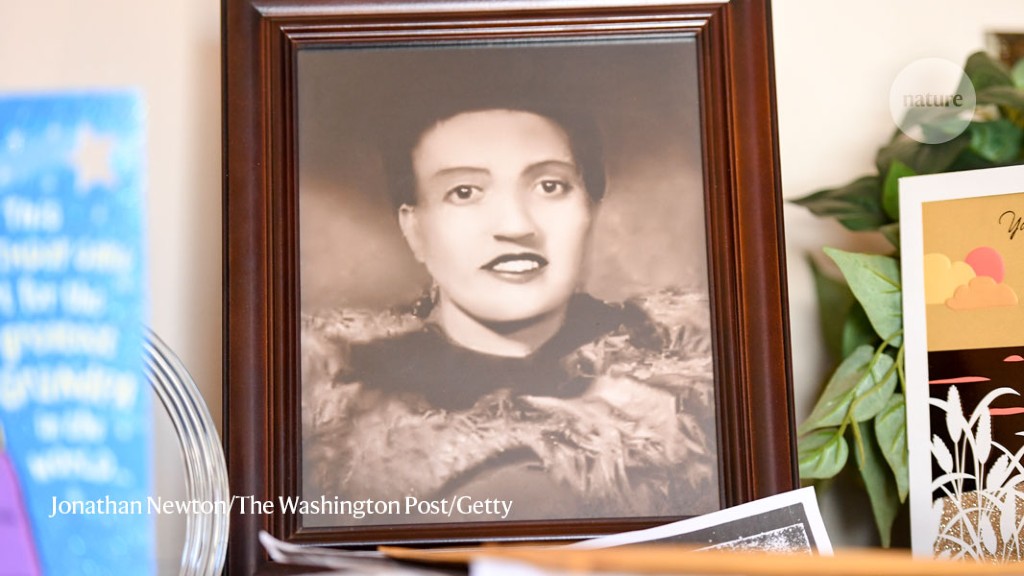



Henrietta Lacks Science Must Right A Historical Wrong
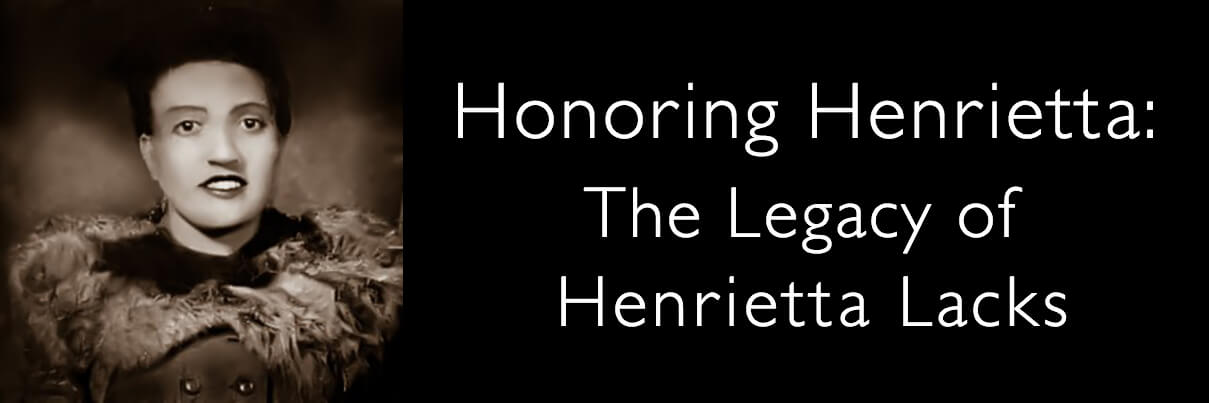



The Legacy Of Henrietta Lacks
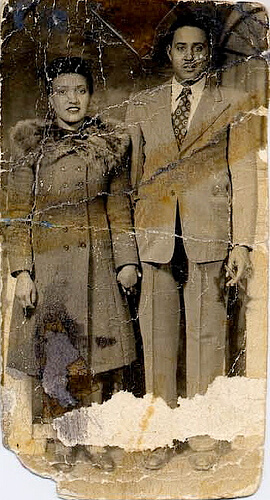



The Legacy Of Henrietta Lacks



3




Henrietta Lacks And Cell Research Lesson Plan 9 12 Grades Kiddom



1




5 Important Ways Henrietta Lacks Changed Medical Science




Hela Cells Origin Of This Important Cell Line In Life Science Research Tebu Bio S Blog




The Immortal Life Of Henrietta Lacks Johns Hopkins Medicine
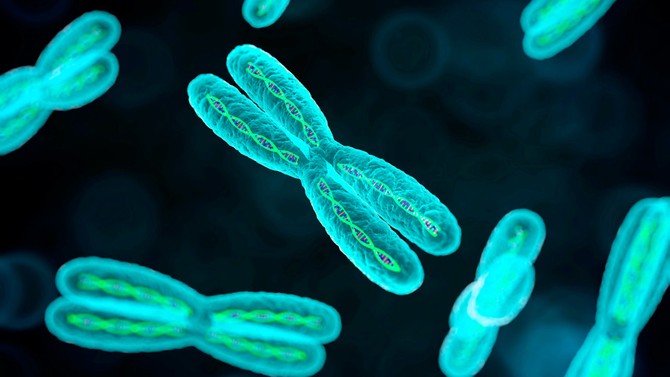



Uses Of Hela Cells Immortal Life Of Henrietta Lacks




The Immortal Shattered Cells Of Henrietta Lacks The Atlantic
/https://public-media.si-cdn.com/filer/Henrietta-David-Lacks-1945-631.jpg)



Henrietta Lacks Immortal Cells Science Smithsonian Magazine
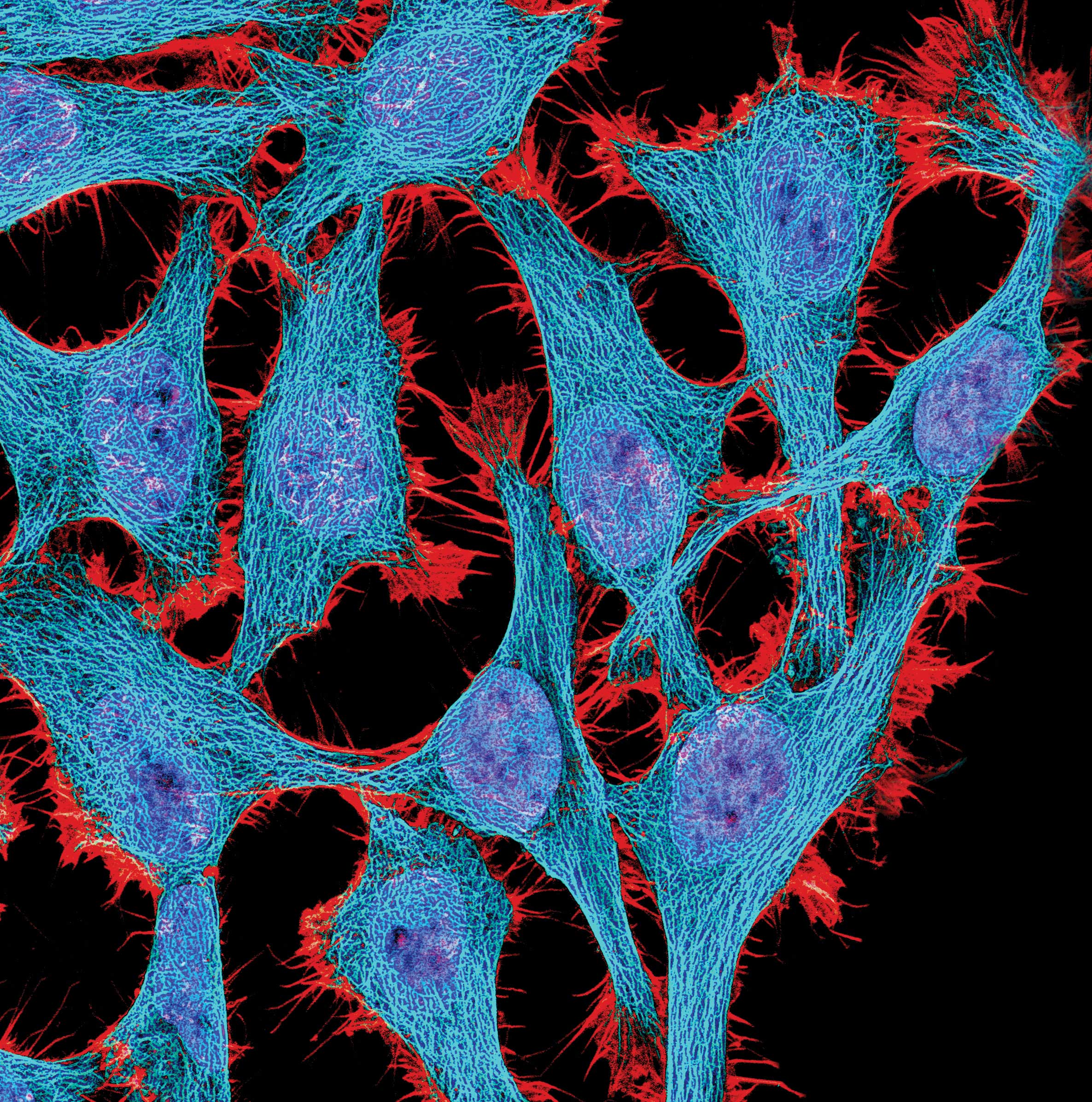



The Good The Bad And The Hela



Surface From Under The Microscope The Henrietta Lacks Series




Henrietta Lacks Source Of Hela Cells Taken Without Consent New Scientist




Buy Hela Cells Of Henrietta Lacks Book Online At Low Prices In India Hela Cells Of Henrietta Lacks Reviews Ratings Amazon In
/cdn.vox-cdn.com/uploads/chorus_image/image/54382343/Screen_Shot_2017_04_21_at_10.16.53_AM.0.png)



The New Oprah Movie About Henrietta Lacks Reopens A Big Scientific Debate Vox




Henrietta Lacks And Hela Cells The Bumbling Biochemist



Q Tbn And9gcqbgmtf2faydhqrgmmz9slorzipvqlkr1bp6ti0q0nkpwhlyqm9 Usqp Cau




Ppt Henrietta Lacks Hela Cells Powerpoint Presentation Free Download Id




Image Of The Month The Immortal Cells Of Henrietta Lacks




Immortal Cells Of Henrietta Lacks Live On In Labs Npr




Henrietta Lacks Immortal Cells Science Smithsonian Magazine




Rebecca Skloot On Henrietta Lacks Immortal Cells Wbez Chicago



The Immortal Cancer Cells Of Henrietta Lacks




Untreated Henrietta Lacks Hela Cancer Cells A Proliferation Download Scientific Diagram




Henrietta Lacks Death Children Facts Biography




The Immortal Life Of Henrietta Lacks English Edition Ebook Skloot Rebecca Amazon Fr




Hela Wikipedia



Cloning And Prenatal Genetics Henrietta Lacks The Immortal Life
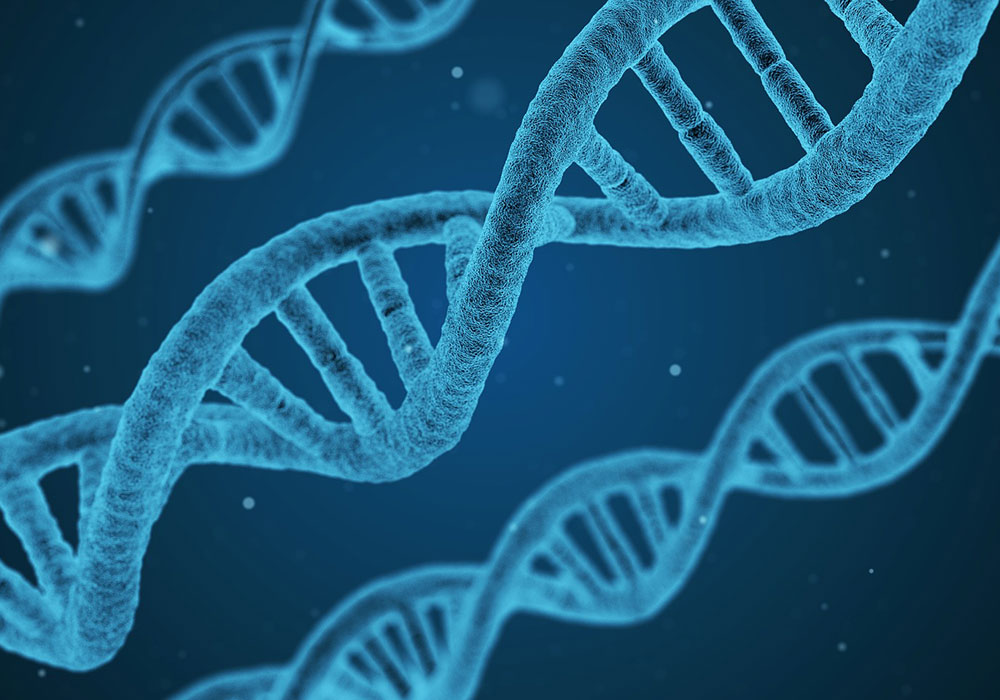



The Story Of Henrietta Lacks Sheds Light On Ethical Considerations In Genetic Testing Ons Voice




Henrietta Lacks Immortal Cells Science Smithsonian Magazine
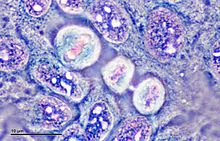



Henrietta Lacks Wikipedia




Podcast From Philadelphia To Baltimore Tales Of Chromosomes Cancer Cells And Henrietta Lacks Genetic Literacy Project




The Immortal Woman Henrietta Lacks And Hela Cells




The Henrietta Lacks Memorial Lecture Ictr




Henrietta Lacks And Hela Cells Oupblog




Henrietta Lacks Immortal Cells Science Smithsonian Magazine




Five Reasons Henrietta Lacks Is The Most Important Woman In Medical History
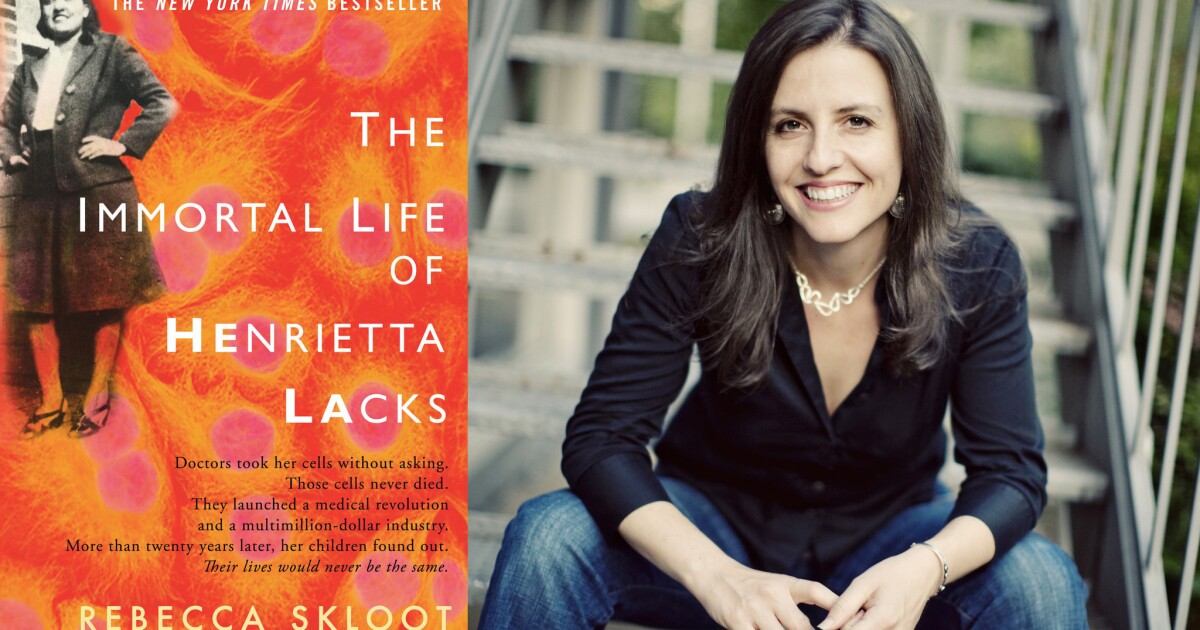



Tennessee Mom Calls Henrietta Lacks Book Pornographic Seeks To Have It Banned In School Los Angeles Times




Was It Ethical To Take Henrietta Lacks Cells Without Consent Youth Voices




The Henrietta Lacks Timeline Her Life And Immortal Hela Cells Genome Unlocking Life S Code



Scientists Published Henrietta Lacks Genome Without The Consent Of Her Family Smart News Smithsonian Magazine




Law To Honor Henrietta Lacks Would Encourage Diversity In Cancer Research Cancer Health


コメント
コメントを投稿